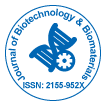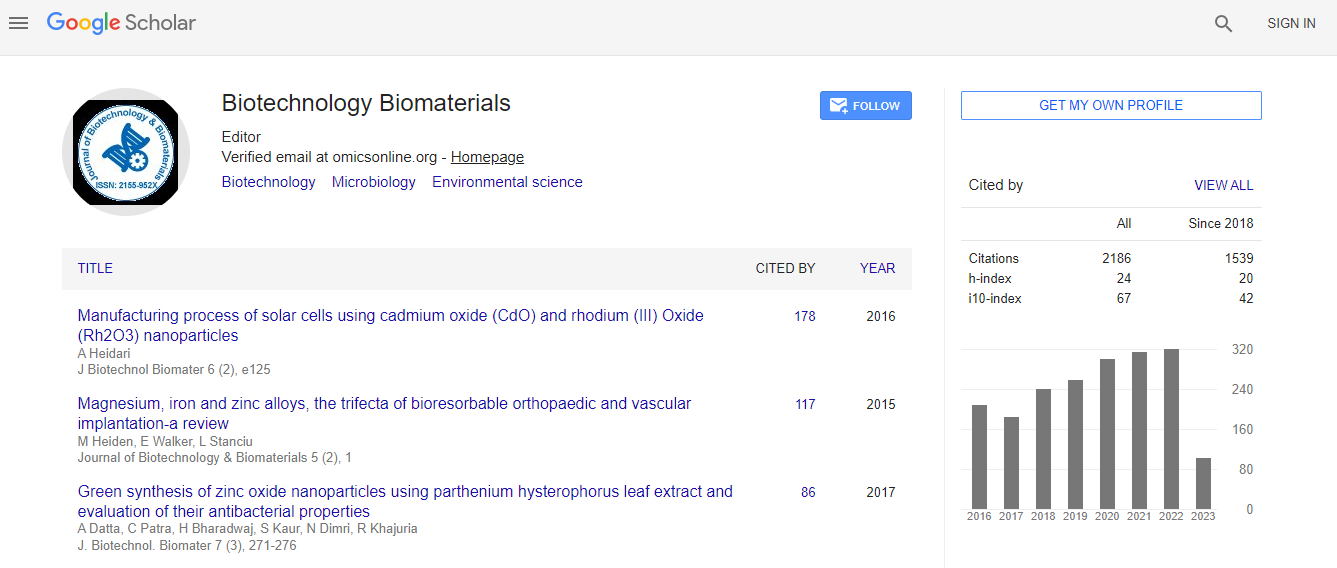Our Group organises 3000+ Global Events every year across USA, Europe & Asia with support from 1000 more scientific Societies and Publishes 700+ 51ºÚÁϳԹÏÍø Journals which contains over 50000 eminent personalities, reputed scientists as editorial board members.
51ºÚÁϳԹÏÍø Journals gaining more Readers and Citations
700 Journals and 15,000,000 Readers Each Journal is getting 25,000+ Readers
Citations : 3330
Indexed In
- Index Copernicus
- Google Scholar
- Sherpa Romeo
- Open J Gate
- Genamics JournalSeek
- Academic Keys
- ResearchBible
- China National Knowledge Infrastructure (CNKI)
- Access to Global Online Research in Agriculture (AGORA)
- Electronic Journals Library
- RefSeek
- Hamdard University
- EBSCO A-Z
- OCLC- WorldCat
- SWB online catalog
- Virtual Library of Biology (vifabio)
- Publons
- Geneva Foundation for Medical Education and Research
- Euro Pub
- ICMJE
Useful Links
Recommended Journals
Related Subjects
Share This Page
In Association with
Molecular study of intron 2 of calreticulin gene (CALR) in type-2 diabetic patients
2nd World Congress on Bio Summit & Molecular Biology Expo
Negin Parsamanesh, Hosein Javdani, Ali Farahi and Maryam Valavi
Birjand Medical University, Iran
Posters & Accepted Abstracts: J Biotechnol Biomater
DOI:
Abstract
Type 2 diabetes mellitus (T2DM) is a complex polygenic disease. Genetic factors play major role in the pathogenesis of T2DM. Calreticulin is a 46 kD Ca2+ binding protein and ER chaperon. Calreticulin (CALR) was found in high concentration in pancreas. Genomic analysis and detection of variants related to type-2 diabetes can help to determination T2DM pathophysiology and its familial pattern of inheritance. Imbalance in Ca2+ concentration and dysfunction of the chaperone system are speculated to be linked with type-2 diabetes mellitus (T2DM). Two-dimensional protein profiling of pancreatic beta cells in T2DM subjects has shown that the Ca2+ binding chaperone, calreticulin (CALR), plays a role in the pathophysiology of this disease. In a case/control study design, we performed mutation screening of the promoter region, 9 exons and exon/intron boundaries of CALR by PCR-SSCP and sequencing in 120 patients afflicted with T2DM and 530 controls. Two novel mutations were detected in T2DM patients, which were absent in the control gene pool (Mid P exact <0.01). The first mutation was a G>T transversion in intron 2 conserved polypurine tract at IVSII-142. The second mutation was a 9-bp deletion in the highly conserved exon 9 encompassing amino acids 402-404. Exon 9 encodes the low affinity, high capacity Ca2+ binding domain of CALR. This case is the first instance of a microdeletion in a gene coding sequence reported in T2DM. To our knowledge, the current study reports for the first time, CALR gene mutations that co-occur with T2DM.Biography
Negin Parsamanesh is currently PhD student in Birjand Medical University, Iran
Email: neginparsa.684@gmail.com

